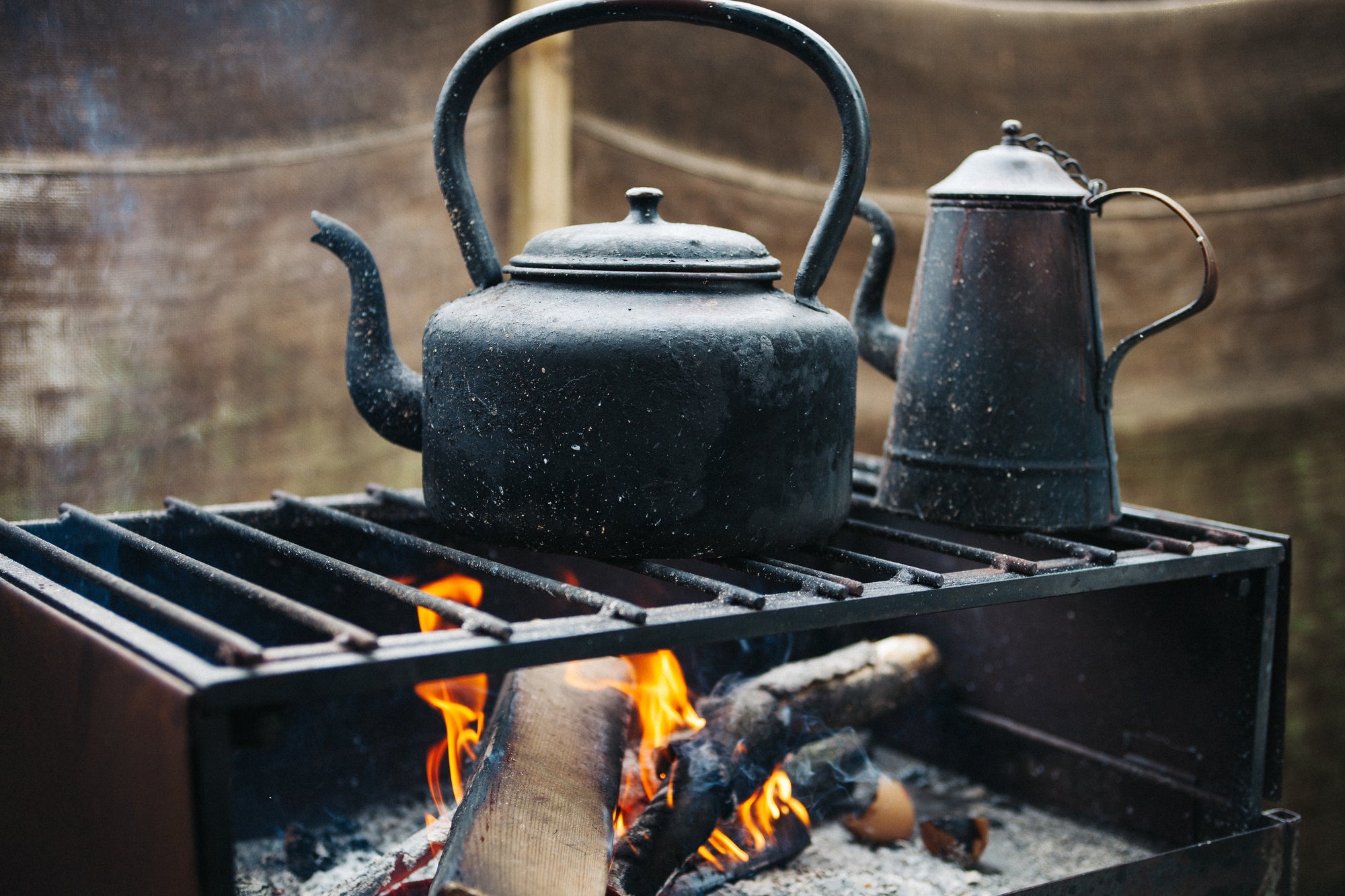

The History of Coffee | From Africa to The World
We don’t sell mass-produced coffee and only specialize in coffees that have been recognized nationally and internationally as being of superb quality. But, even mass-produced coffees had small beginnings. Because of this we wanted to look at the history of coffee, its remarkable spread through the world and how to help people avoid bad coffee in the future.
African Origin:
The first hard evidence we have of coffee use is from the mid fifteenth century and derives from the Sufi monasteries of Yemen. Certainly we can surmise with confidence that coffee had been consumed in Yemen for some time before that.
However, the most established story of coffee’s first discovery is the story of an Abyssinian (now Ethiopia) goat-herder, called Kaldi, who lived around AD 850. He watched as his goats became energized after eating the berries that grew on some green bushes nearby.
Kaldi tried a few himself and had a similarly exuberant experience to the goats.
At his wife’s suggestion he took some of the berries to a nearby monastery to share his experience with the monks there. The chief monk was unimpressed and threw the berries in the fire. However, such was the pleasant aroma that came from the fire that the berries were recovered and kept in water to preserve them. And that gave humans their first true cup of coffee.
There’s also a strong chance that the word ‘coffee’ itself derives from the Kaffa region of Ethiopia although there are alternative theories too based on the arabic word ‘qahwa’ meaning ‘to brew’.
Kaffa has certainly been familiar with coffee for many centuries. They still maintain a practice of mixing ground coffee beans with ghee (clarified butter) to give it a distinctive, buttery flavor. This is made all the more remarkable given a return to this practice by some very modern coffee sellers like Bulletproof Coffee.

Middle Eastern spread:
From there it is generally accepted that Yemen plays a critical role in the history of coffee and its adoption as a widespread (and much loved) drink. Coffee had made the short jump into the Arabian Peninsula.
The story goes that the Mufti of Aden visited Ethiopia at a time he was feeling unwell. It’s said that a cup of coffee cured his malady and, enthused, he brought the drink (and seeds) back home to Yemen. Coffee quickly became a custom and spread through the middle-east and into Europe. The port town of Mocha in Yemen even gives us the name for the chocolate infused coffee drink of the same name.
Europe:
The Dutch founded the first European-owned coffee estate in Sri Lanka in the early 17th century and from there the Dutch, Portuguese, French and Spanish started growing coffee in the Caribbean, Brazil, Réunion and central America.
It wasn’t until slightly later though that coffeehouses started popping up in Europe and enthusiasm for coffee grew more broadly. The first European coffeehouse was opened in Venice in 1645, as the Venetians were significant trading partners with the Ottomans.
From there coffee culture spreads quickly to Oxford (1650), London (1652), Marseille (1659) and Amsterdam (1663). Paris followed in 1672.
Americas:
Gabriel de Clieu is credited with a key moment in the history of coffee by bringing it to the Americas; and more specifically to the Caribbean island of Martinique. In about 1720 he smuggled some coffee seedlings on a voyage to the ‘new world’ from France. All but one of these seedlings died and Gabriel himself nearly died of dehydration as he shared his water ration on the voyage with the plant(s).
However, once on Martinique, the plant flourished and quickly become thousands of plants and larger scale commercial cultivation. Coffee quickly spread to the other islands of the Caribbean.

African return:
One type of coffee plant that found its way to Réunion (called Isle of Bourbon at the time) produced smaller beans and was deemed a different variety of arabica. It was this plant, and its seeds, that was the type first introduced to central America and northern South America.
In fact, it seems its point of arrival may have been French Guiana and it spread from there.
Coffee arrived in Brazil in 1727 thanks to the cunning work of a soldier named Francisco de Melo Palheta. Palheta was stationed in Brazil (under Portuguese rule) and was sent to French Guiana to try and get coffee beans from the local governor. The governor was unwilling but his wife was more positively-inclined to Palheta and gave him the beans to take back to his masters in Brazil.
In 1893, the coffee from Brazil was introduced into Kenya and Tanzania, not far from its place of origin in Ethiopia, 600 years prior, thus ending its transcontinental journey.
This is also part of the reason why Ethiopian coffee is so revered since it is truly the original coffee.
Modern Day:
America largely abandoned tea, in favor coffee, after the Boston Tea Party of 1773 as it was seen as unpatriotic. Today, the US imports more coffee than any other country in the world. In fact, the US accounts for nearly 20% of all coffee imports globally.
Coffee consumption has spread to every country in the world and it is now grown in over 50 countries. Each has a unique tale to tell of why their coffee, and their place in the history of coffee, is special.
And while mass produced and imported coffee can be delicious, and is particularly well-suited to everyday consumption, we believe there’s room for something more elevated too. Which is why we launched Award Winning Coffee for when the weekends (or whenever) are for something more special. So, why not sign up for the only coffee club that insists the coffees we send you have received national or international recognition of the highest standards?
Ensuring we all, sometimes, get to feel like Kaldi did when he discovered coffee for the world..



